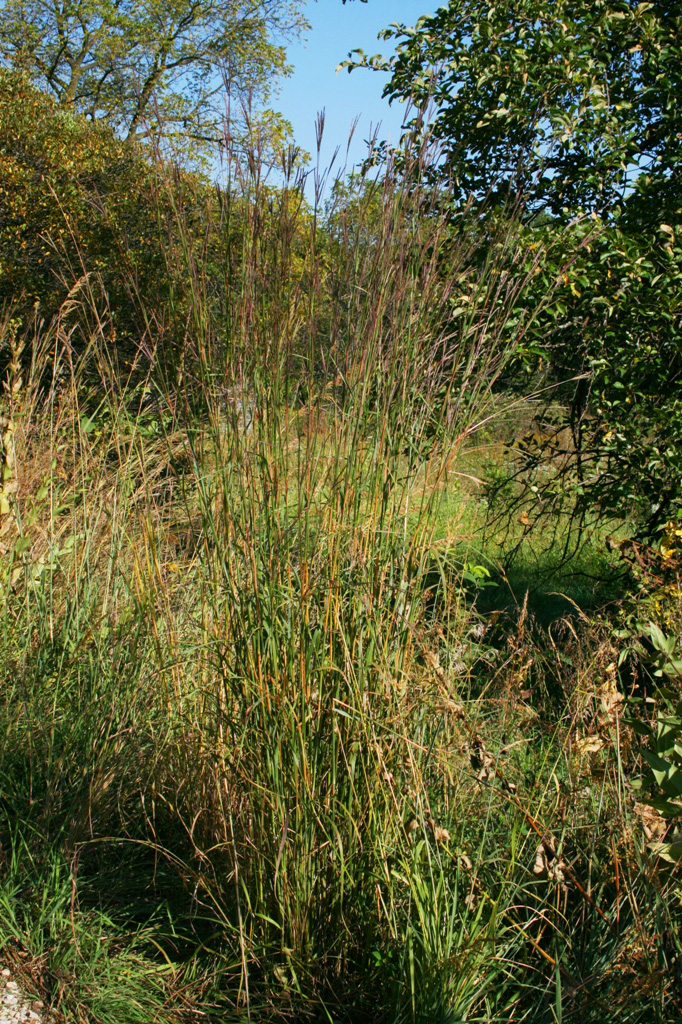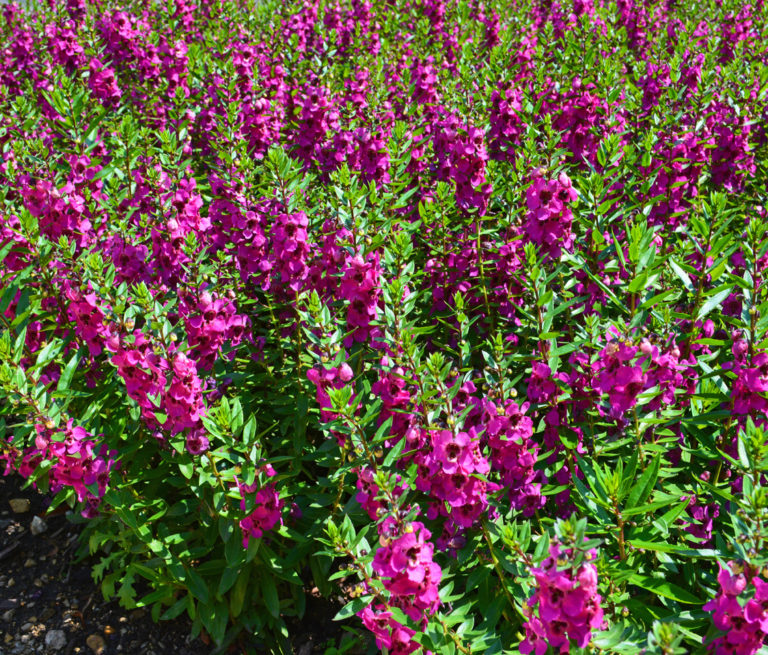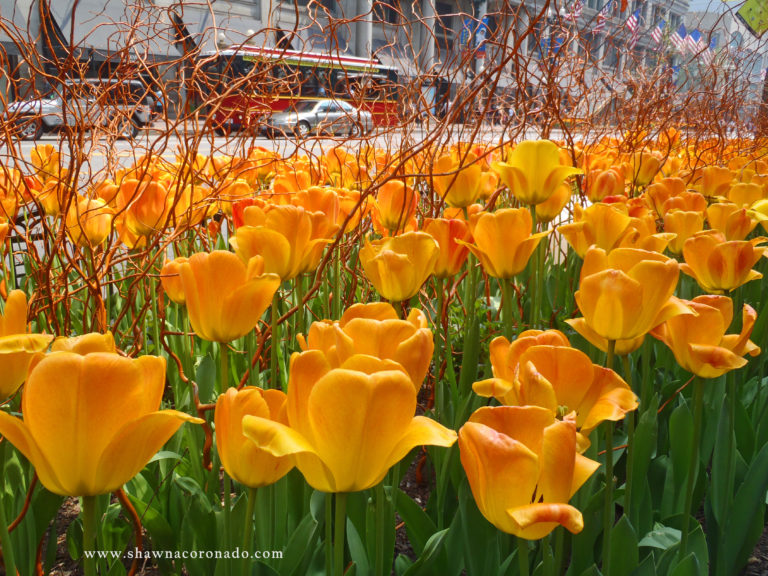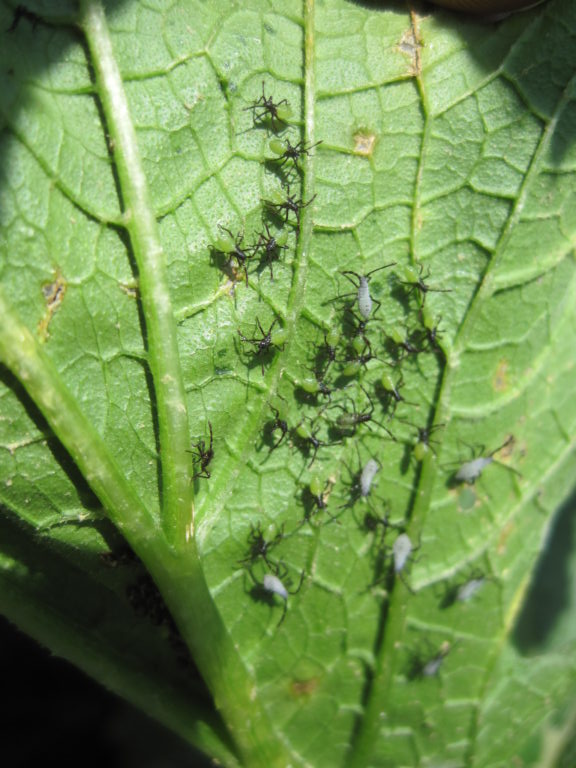How to Grow Big Bluestem Grass

Big bluestem grass or Turkey Foot Grass is a perennial bunchgrass with greenish-blue stems that can grow between 4 to 8 feet tall. It has interesting seed heads that branch into three parts that resemble a turkey’s foot, hence its nickname. Big bluestem is known as the “king of the prairie” and is one of the top four native grass species that colonized most of the prairies of central North America. Cattle have been quite destructive to this native species: because the animals are not migratory, they will decimate areas of grass to the root level. Big bluestem grass is an essential plant for a prairie bird garden as it provides cover for more than twenty species of songbirds and nesting sites and seeds for sparrows, wrens, and meadowlarks. Below is an excerpt from the Illinois Getting Started Garden Guide which can help you get started with this astoundingly special plant for your garden.
- Botanical name — Andropogon gerardii
- Bloom Period and Seasonal Color — Late summer to early fall; green or blue-green stems; russet, purple, or bronze blooms
- Mature Height × Spread — 4 to 8 feet × 3 feet
- Added Benefits – Attracts Beneficial Insects
- Sun Requirements – Sun, Part Sun, Part Shade
When, Where, and How to Plant – Big bluestem prefers average, well-drained soils in full sun; plant this grass from seed or plants in spring. Once established, it readily self-seeds and has a spreading nature with good drought tolerance. Do not plant infertile or overly moist soils as they will become taller, develop weaker stems, and topple over in windy conditions.
Growing Tips – Water well until it’s established, then water infrequently if you want shorter plants, or water a bit more heavily if you prefer taller plants. No fertilizer is needed.
Advice and Care – Cut or mow stems to the ground in late winter before new shoots appear in order to keep the plant clean looking in the garden; however, do not mow or cut during its active summer growth period as that could kill the plant. Big bluestem is relatively disease- and pest-free, although it’s likely to have a fungal spot in shadier conditions; ignore it. Once the grass is established, digging it up to split or relocate the plant will become a challenge; big bluestem’s thick root base is tough to cut through and will take heavy spades or a handsaw to separate.
Companion Planting and Design – Big bluestems are a great selection for a bird garden. Birds use the grass clumps as protection, pick grass for their nests, and eat the seeds. Place the tall grass in clumps at the back of the garden area with seed-bearing flowers such as echinacea, black-eyed Susan, and coreopsis planted in front. Big bluestem is wonderful in naturalized prairies or in modern-day ornamental grass gardens. To highlight this native grass in a textural perennial bed, try planting it behind foxglove, Russian sage, and sea holly for a strong visual impact.
The Illinois Getting Started Garden Guide is a guide to grow all types of plants, particularly in the Midwest, please find my book online for easy garden and plant tips. Happy Gardening!



